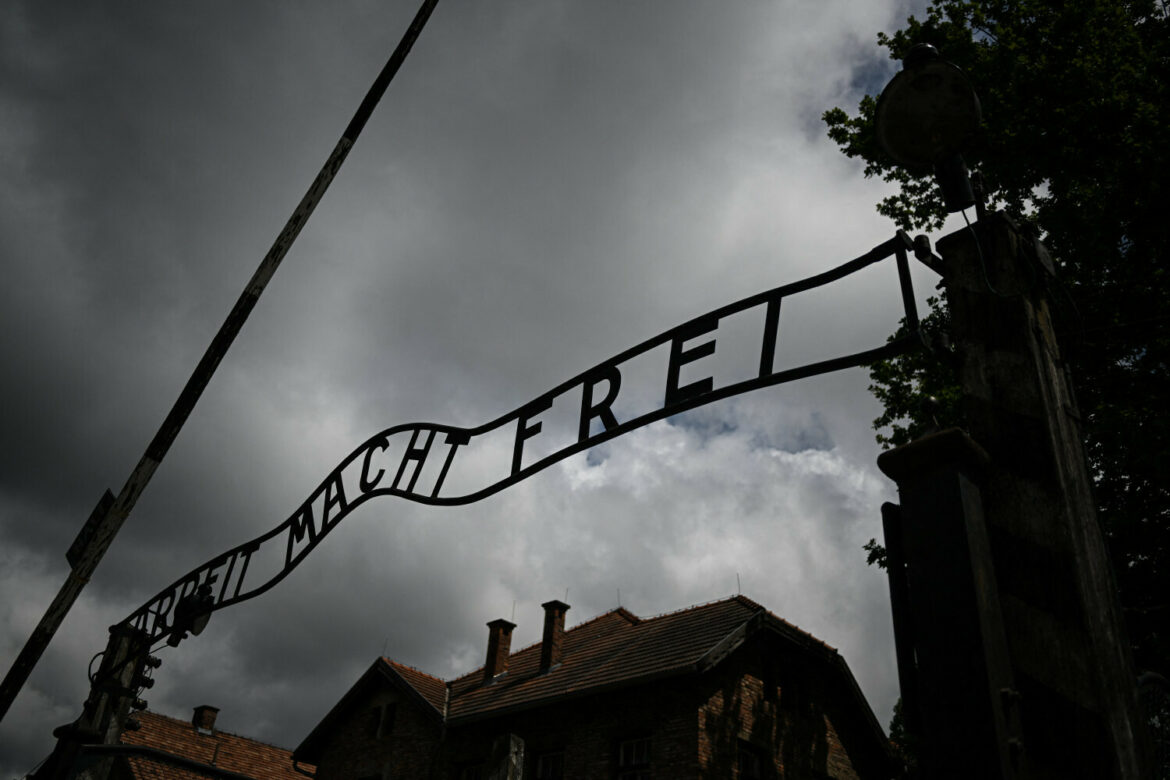The Auschwitz Museum has selected the contractor for the permanent exhibition “Poles in Auschwitz Concentration Camp. Inhabitants of the Oświęcim area during World War II”. The exhibition will replace the previous exhibition ‘The Struggle and Martyrdom of the Polish Nation in the Years 1939-1945’, which was mounted in 1985. It is now one of the oldest display at the memorial site.
The tender was won by a consortium of two entities from Krakow and Katowice. The consortium, after signing the contract, will have 87 weeks to dismantle the existing exhibition, conserve the post-camp Block 15, and create and install the new exhibition. The winners of the tender will receive PLN 20.6 million for the entire work.
The new exhibition will be an extension of the main exhibition by focusing on the fate of Poles in Auschwitz. It will present the history of the camp’s inmates registered as political prisoners, but also all other categories of Polish citizens incarcerated there – including Polish Jews sent to Auschwitz for extermination.
The author of the scenario, the head of the Auschwitz Museum Research Centre, Dr Piotr Setkiewicz, emphasised that the exhibition will talk about the beginnings of the war and the German occupation of Poland, and will illustrate the scale of persecution and cruelty, as well as the planning of arrests carried out by the German police. It will discuss the mechanisms of deportation of Polish Jews, the categories of Polish prisoners of Auschwitz, the causes of their death in the camp, as well as the subject of liberation and the remembrance after the war.
The second part of the exhibition will deal with the history of Auschwitz during the Second World War – the realities of the occupation, the deportations, the activities of IG Farbenindustrie, and the German plans for rebuilding the city – as well as with the aid given to Auschwitz prisoners at the risk of their lives by people of good will, i.e. Poles living near the so-called “zone of interest” of the camp. This was an area of 40 square kilometres isolating the camp site from the outside world. The entire work will conclude with a list of over 1,200 names of people who helped the prisoners.
Arkadiusz Słomczyński





